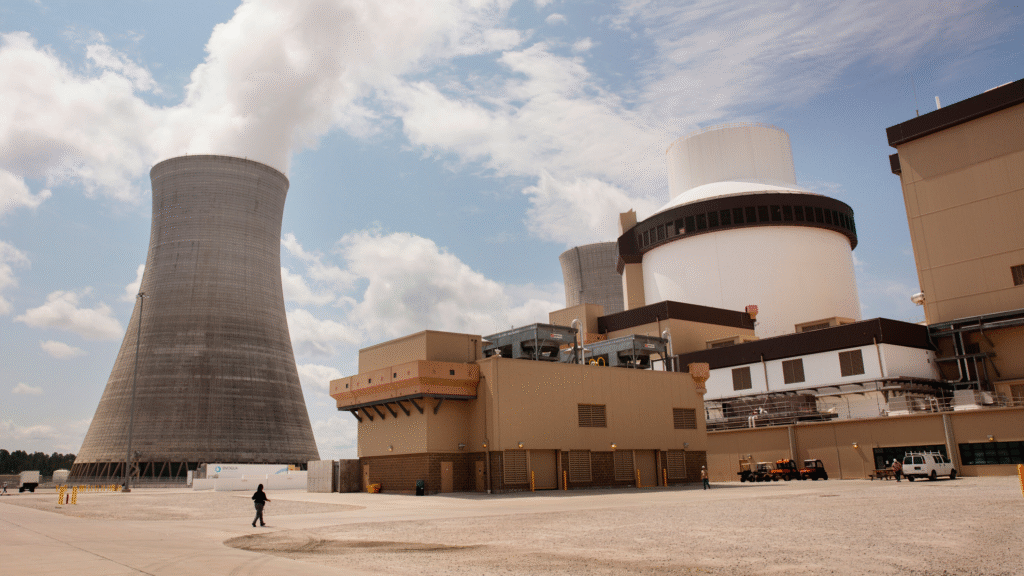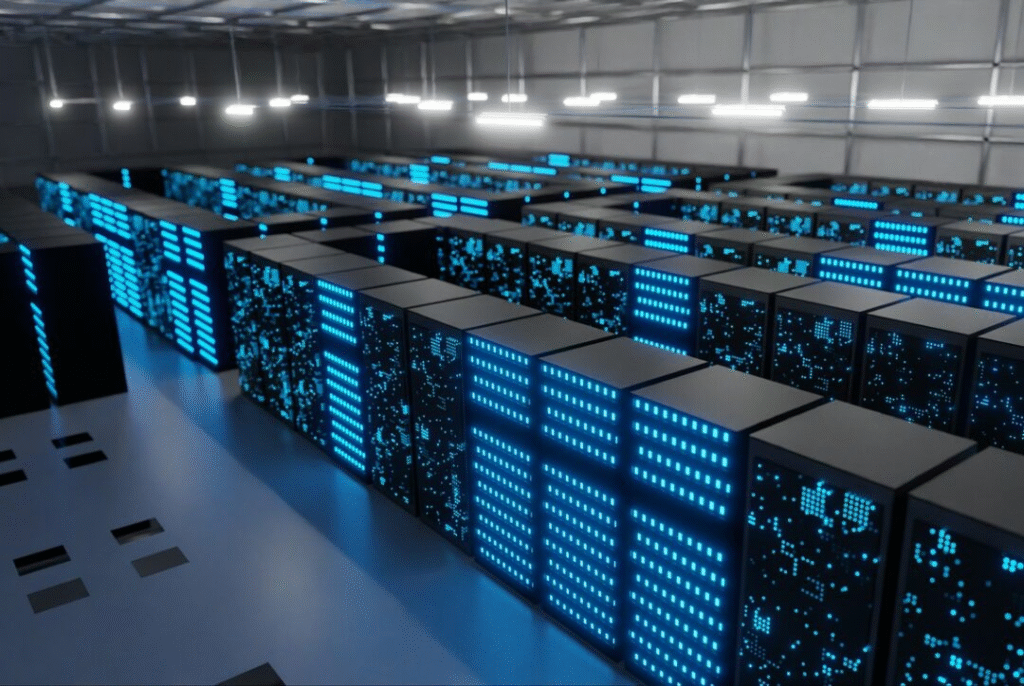Google is working with a company called Elementl Power to build three nuclear power plants. These plants will produce clean energy for Google’s data centers, which require an enormous amount of electricity for AI (artificial intelligence). Every plant will generate not less than 600 megawatts of electricity (which is enough to support thousands of homes).
Google is spending $75 billion this year on the construction of more data centers. Power-consuming tools such as chatbots and image generators rely on AI. Nuclear power can provide a clean form of energy, which will not pollute and will be ever constant.

What Are Small Nuclear Reactors?
Smaller, Cheaper, Faster to Build
The plants will use small modular reactors (SMRs). These are smaller than traditional nuclear reactors. Think of them like Lego blocks (easier to build and connect).
- Size: SMRs make up to 300 megawatts. Old reactors, like Georgia’s Vogtle plant, make 1,100 megawatts.
- Cost: Companies say SMRs will be cheaper because they can be made in factories.
- Speed: They can be built in 3–5 years, not 10+ years like big reactors.
Google might use reactors from Kairos Power, a startup they already work with. Kairos is testing a small reactor that makes 50 megawatts.
Why Nuclear Power?
Google needs energy that’s always on. Solar and wind power stop when the sun sets or the wind dies. Nuclear works 24/7. It also doesn’t produce carbon emissions, which helps Google’s goal to be pollution-free by 2030.
But building nuclear plants is tricky. In 2023, a company called NuScale canceled a project when costs doubled. No SMRs have been built in the U.S. yet.
The Risks and Challenges
Can They Really Do It?
- High Costs: Nuclear plants are expensive. Even small ones may require billions.
- Public Fear: Some people are afraid of nuclear accidents such as Fukushima.
- Delays: Permits and rules can literally stop a project for years.
Elementl Power is the company Google chose, which has never built a plant before. But its team has other nuclear companies.
Other Tech Companies Going Nuclear
Google isn’t alone. Amazon, Microsoft, and Meta are also making investments in their data centers in nuclear energy. Oklo and X Energy are other start-ups working on SMRs as well.

What Happens Next?
Elementl Power will site the three plants and request for permits. Google may acquire the power when they are in operation. The first plant may get started by 2030. If it works, Google can construct more plants and share energy with neighboring towns. If it fails, the company may lose money and put its clean energy objective on hold.





